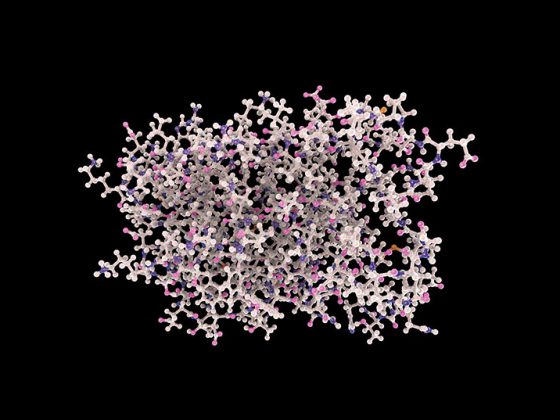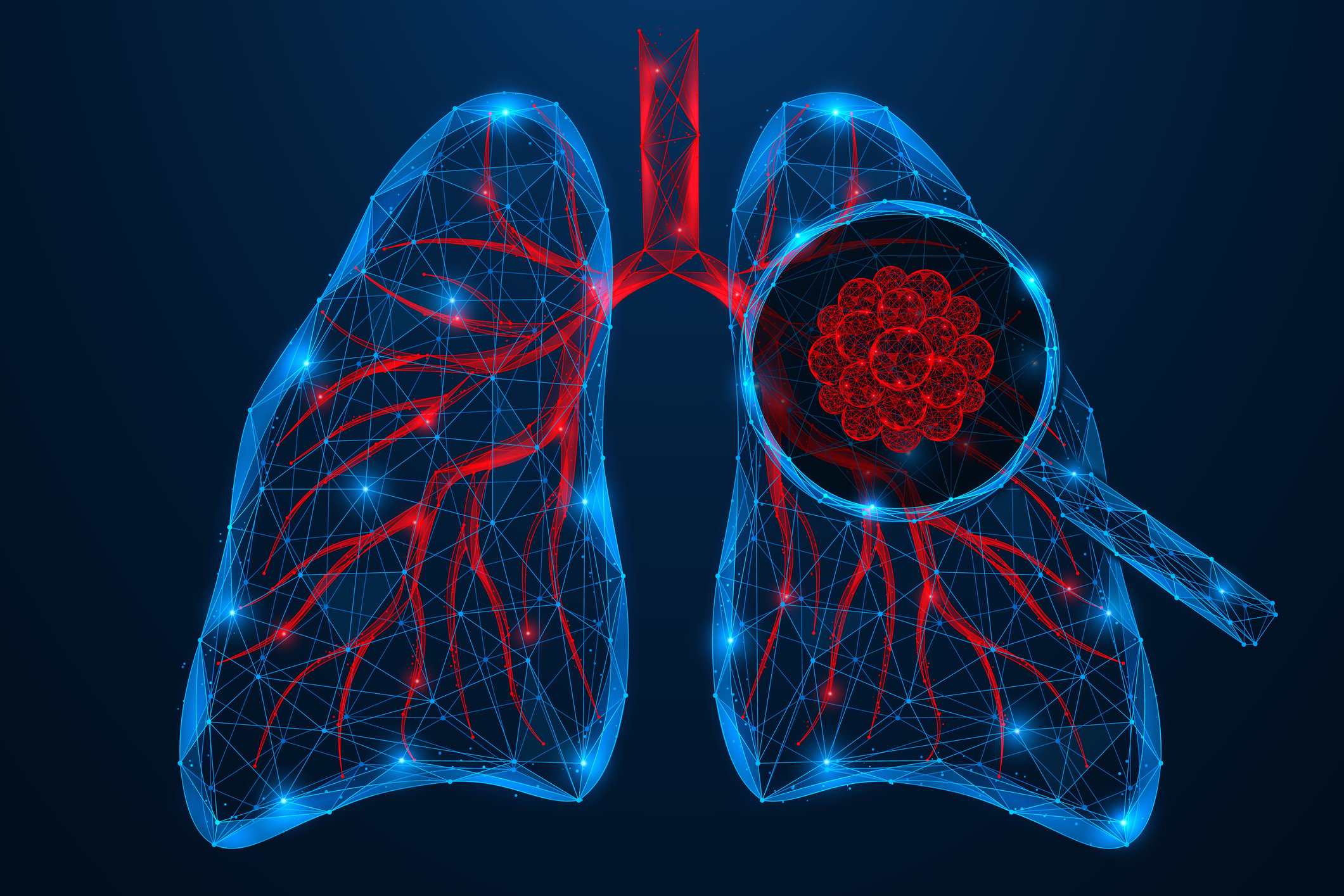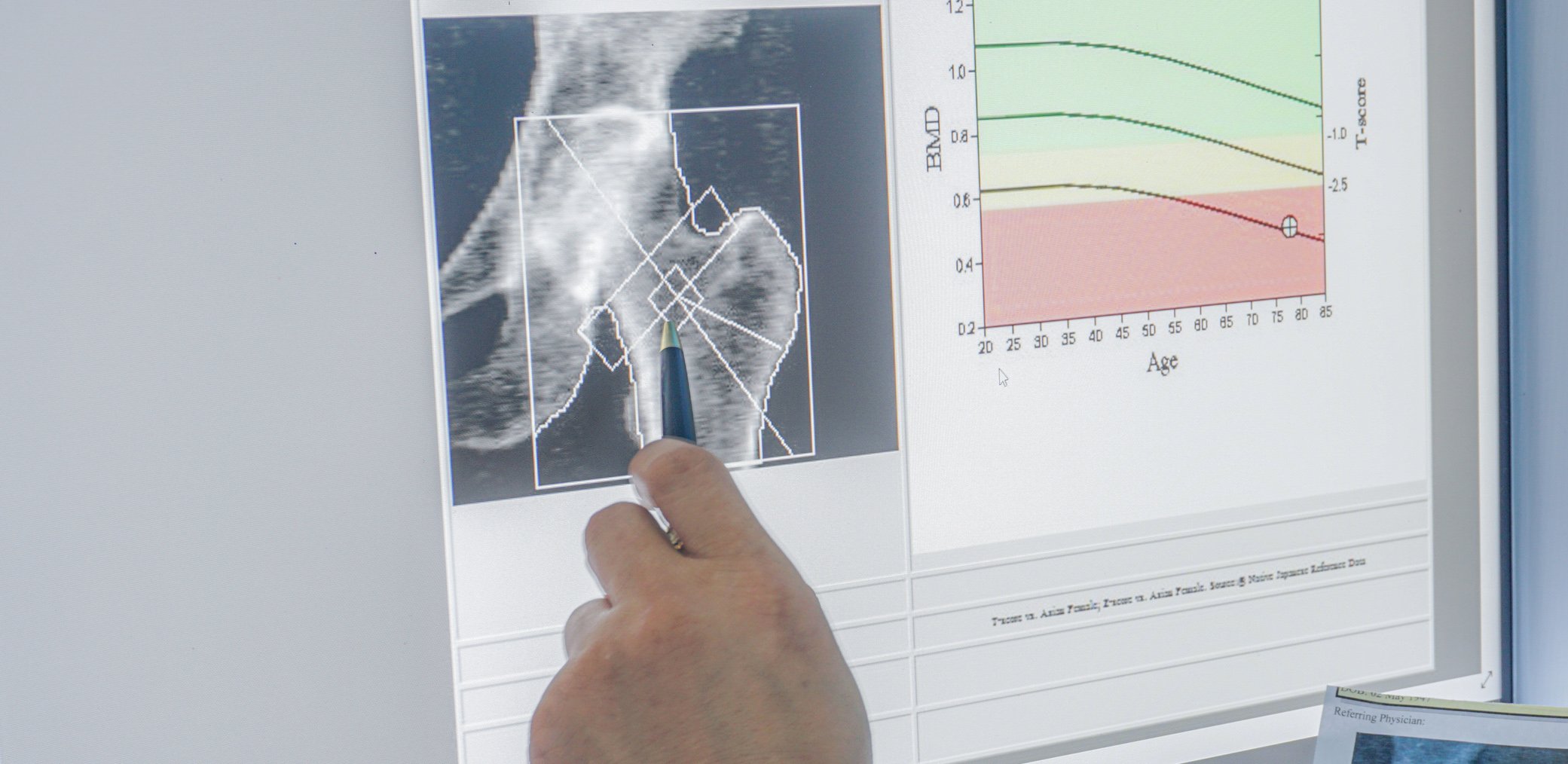Statistics represent an essential method in medical research and evidence-based medicine. At the same time, it places the highest demands on methodology and professional know-how. A sound basic knowledge of statistics is therefore a prerequisite for understanding medical literature. One of the fundamental pillars is the concept of “probability”.
In daily practice, probabilities are not immediately accessible. Instead, clusters of events are observed. These correspond to an absolute or relative frequency. The specification of probabilities, on the other hand, aims at quantifying chance. However, this is based on a theoretical construct that can only be approximated in practice. For example, a doctor tells his tumor patient that he has a 50% chance of surviving the next two years after chemotherapy. This statement should not be understood to mean that of two patients treated at the same time, one will die within the first two years, but the other will then survive the two years with 100% certainty. Rather, the statement should be understood to mean that in a large collective of patients, nearly half survive the next two years, but the other half do not. An individual destiny is only indirectly implied by this statement. This is due to the fact that the attending physician cannot know all the influencing factors that allow a reliable, individual prognosis.
Humans are very bad at interpreting explicit statements of probabilities. This is because the two tasks are quite different: predicting plausibilities reasonably correctly or solving a mathematical problem. Statistical intuition is sometimes wrong. Test yourself: In a country where one in 1000 people is infected with HIV (a prevalence of 0.1%), one randomly selected person will test positive. The test is 99% reliable, so the result is wrong in one percent of cases. How likely is it that the person who tested positive is actually infected with HIV? 99%? Wrong. The correct answer is about 10%. Because mathematically, the situation is as follows: Out of 1000 people, only one is infected, and her test is very likely to be positive. But 10 of the remaining 999 healthy individuals will also receive a positive test result because the error percentage is one percent. So, among the total of 11 people with positive test results, there are 10 healthy ones (the false positives) and one who is actually infected. That makes a less than 10% chance of being infected with HIV if you test positive.
The wide field of probabilities
In medical research, probability is given its own technical term depending on its application. These include, for example, risk, incidence, or sensitivity. Basically, all probabilities are calculated in the same way based on the probability calculation. Probability is a measure of whether an event occurs or not and is divided into unconditional and conditional probability. In epidemiology, measures such as absolute or relative risk, absolute risk reduction, number needed to treat, and odds ratio are then calculated. However, incidence, prevalence, mortality and lethality are also subject to probability calculation. However, actual statistical thinking does not consist only in the routine calculation of parameters or in the mere application of simple statistical tests (in the hope of obtaining a significant result), but rather in the effort to bring light into the darkness of the data and to get a little closer to the truth.
Further reading:
- Hilgers RD, Bauer P, Scheiber V (2003): Probability theory. In: Introduction to Medical Statistics. Statistics and its applications. Springer, Berlin, Heidelberg. https://doi.org/10.1007/978-3-662-06858-8_4
- www.spektrum.de/news/fehlurteile-wie-man-wahrscheinlichkeiten-richtig-versteht/1820015
- www.amboss.com/de/wissen/epidemiologie-und-wahrscheinlichkeiten
- https://heiup.uni-heidelberg.de/journals/index.php/hdjbo/article/download/24017/17712











